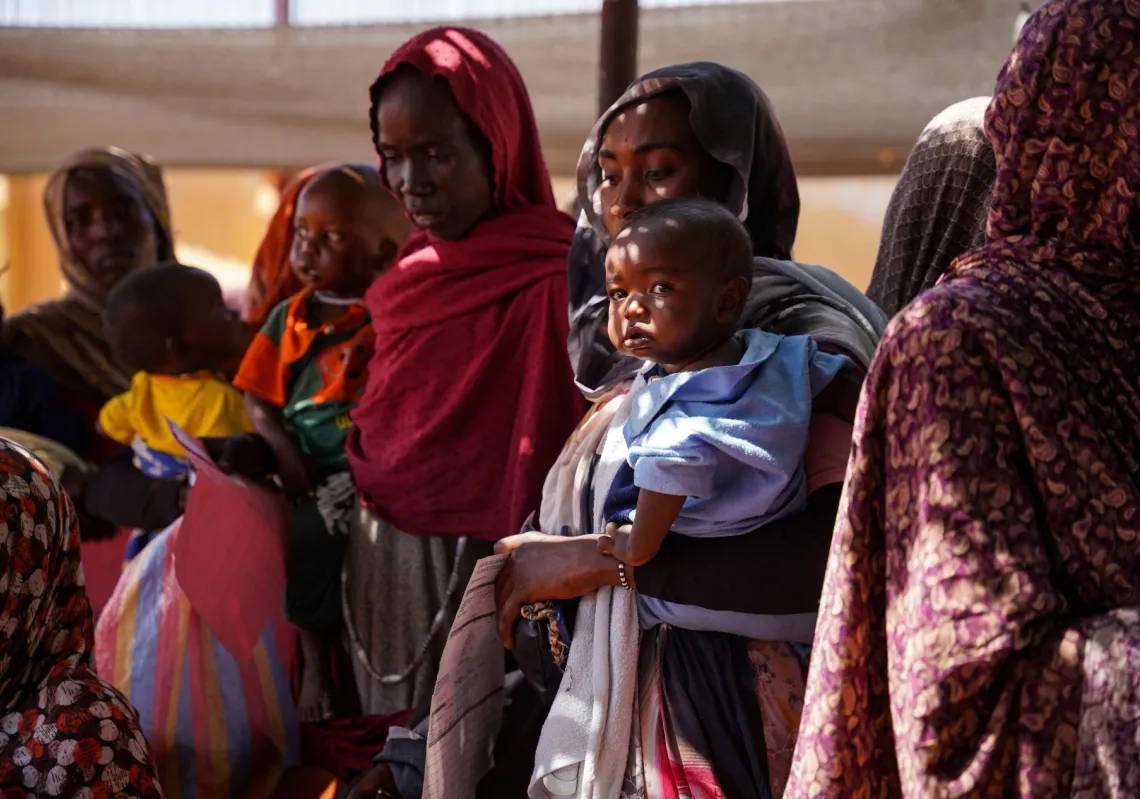Syria has become one of the countries suffering from severe food insecurity, with over half its population experiencing severe food insecurity. Approximately 12.4 million people depend on bread from public bakeries to meet their minimum daily calorie intake.

The United Nations Development Programme (UNDP) and its partners have launched integrated humanitarian interventions to enhance the wheat-to-bread value chain, which has been severely disrupted by years of conflict.
Read more: Regime's lowball price for wheat jeopardises Syria's food security
As part of the efforts to address the food crisis in Syria, there are initiatives to rehabilitate the only remaining public yeast factory in Homs governorate. Prior to the crisis, Syria had four state-owned yeast factories that supplied around 113 tons of yeast daily to a wide network of public bakeries across the country.
However, today, the Homs factory is the only one still operational, but it operates at a much-reduced capacity. This situation further underscores the challenges faced in maintaining food production and distribution within the country.
In terms of Syrians seeking refuge abroad, poverty rates vary across different regions, with some countries experiencing rates exceeding 60%. The United Nations highlights that host communities have been significantly impacted by the Syrian crisis, with 93% of refugees living in host communities rather than camps. Turkey, in particular, hosts the largest number of Syrian refugees.
The United Nations appeals to donors to increase their support to meet the growing humanitarian needs, as the organisation receives less than 58% of the required funding. It emphasises that a political solution is the only viable option to end the suffering of civilians in Syria.
The conflict in Syria initially began as peaceful protests against the rule of President Bashar al-Assad in March 2011 but later evolved into a long and gruelling conflict involving multiple parties, with intervention from regional and global powers.
Although fighting has ceased on many fronts for years, violence and the humanitarian crisis persist, impacting millions of internally displaced persons (IDPs) and refugees.

Reconstruction: A monumental challenge
After more than 12 years of war, the Syrian government has managed to regain control of over 70% of the country with the assistance of Russian and Iranian support. However, the task of reconstruction ahead is enormous and poses significant challenges for a country that is economically devastated, requiring hundreds of billions of dollars.

The war has caused extensive destruction to Syria's infrastructure, including the electricity network, fuel and water supplies. One-third of schools have been damaged, and half of the hospitals, clinics, and dispensaries are no longer functional.
A report from the United Nations Office for the Coordination of Humanitarian Affairs (OCHA) states that 7% of homes have been destroyed, while an additional 20% have suffered damage.
Read more: Syrian reconstruction will only come from Syrian realism
In February, President Bashar al-Assad expressed the need for international assistance in the reconstruction process during his meeting with Martin Griffiths, the UN Assistant Secretary-General for Humanitarian Affairs. However, the Syrian government remains a pariah in the West, making international reconstruction efforts more complex.
Despite Western sanctions, international aid reaches government-controlled territories in Syria through United Nations agencies, many of which operate from Damascus.
Aid also enters through the Bab al-Hawa crossing point from Turkey to Idlib, authorised by a Security Council resolution on cross-border aid. Furthermore, extensions were granted to two other crossings following the earthquake that occurred in February.




















